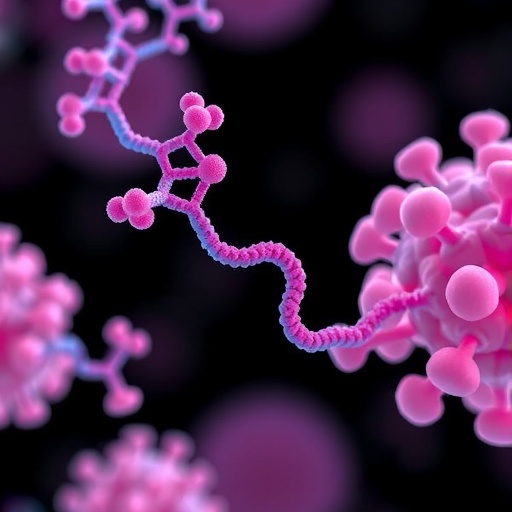Liver cancers are a major cause of cancer-related deaths. Large-scale genetic analyses have associated liver cancer with dysregulation of numerous molecular pathways, but disruptions in insulin signaling pathways appear to have a particularly important contribution to liver tumor formation. Obesity is a major risk factor for developing liver cancer, and the nuclear receptor PPARγ critically controls fat uptake and storage in the liver by regulating the transcription of metabolism-associated genes. However, whether PPARγ also plays a role in promoting the growth of liver tumors is not clear.
This week in the JCI, research led by Ganna Panasyuk at INSERM examined the link between PPARγ and liver tumor formation. The findings identify a metabolic pathway with pro-tumor effects that can be suppressed by selectively blocking PPARγ. Researchers initially observed that increases in PPARγ expression and activity in human liver tumors were associated with loss-of-function of the transcription factor hepatocyte nuclear factor 1α (HNF1α). In a mouse model, they determined that loss of HNF1α led to abnormal increases in PPARγ expression that in turn led to increased tumorigenesis. Pharmacological activation of PPARγ in a mouse model of liver cancer exacerbated tumor formation; in contrast, treatment with a PPARγ inhibitor had positive therapeutic effects.
Taken together, these findings demonstrate a role for PPARγ in the metabolic pathway disturbances that promote liver tumorigenesis and reveal that PPARγ is a potential target for anti-tumor therapies to treat liver cancers.
###
TITLE: Hepatocyte nuclear factor 1α suppresses steatosis- associated liver cancer by inhibiting PPARγ transcription
AUTHOR CONTACT:
Ganna Panasyuk
Institut Necker-Enfants Malades
INSERM U1151/CNRS UMR 8253 a href="mailto:[email protected]">[email protected]
View this article at: http://www.jci.org/articles/view/90327?key=f53576a87fd0165f5cb7
Media Contact
Elyse Dankoski
[email protected]
@jclinicalinvest
http://www.jci.org
############
Story Source: Materials provided by Scienmag




